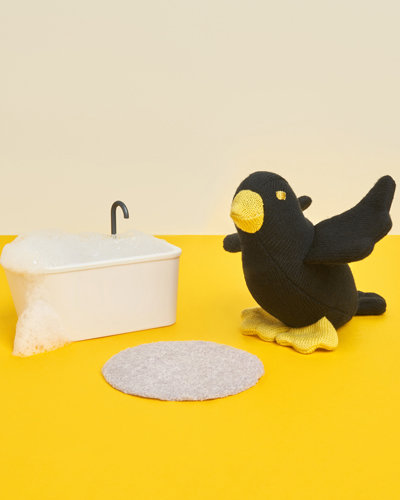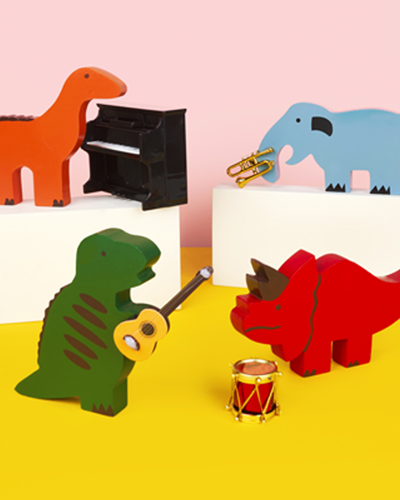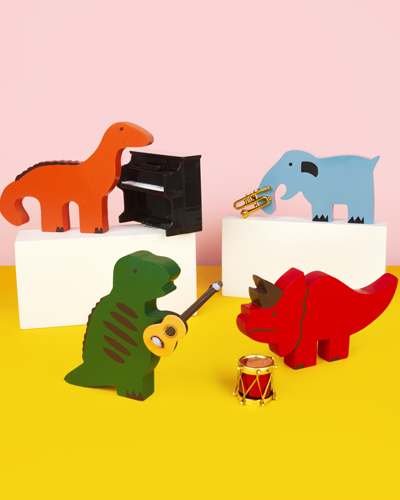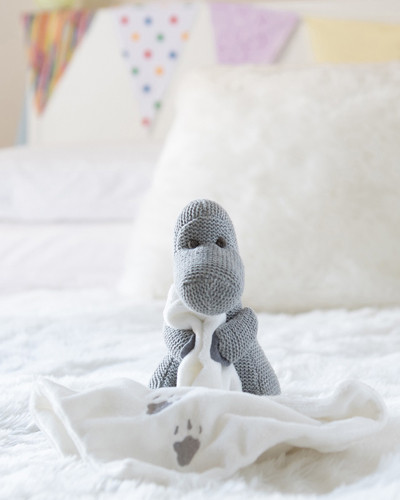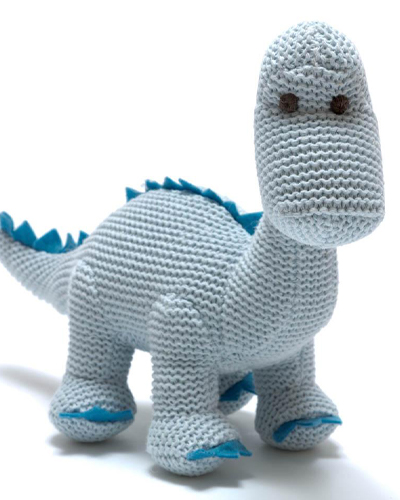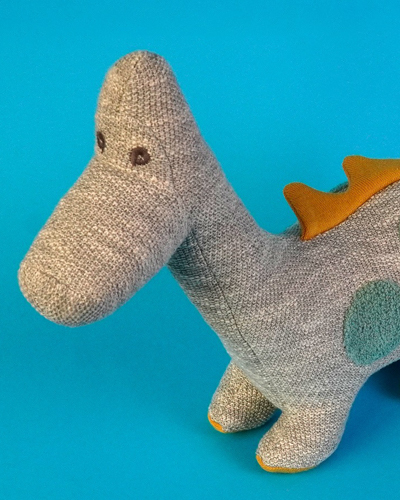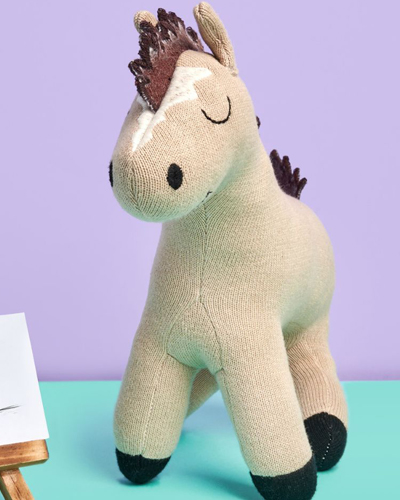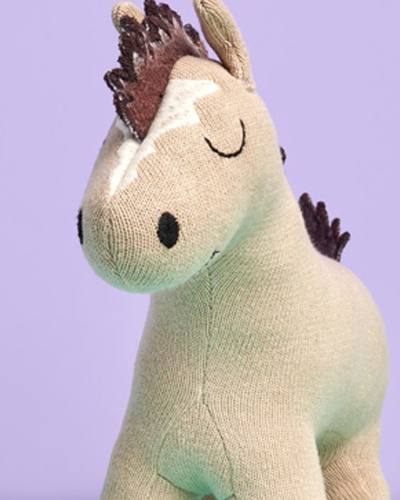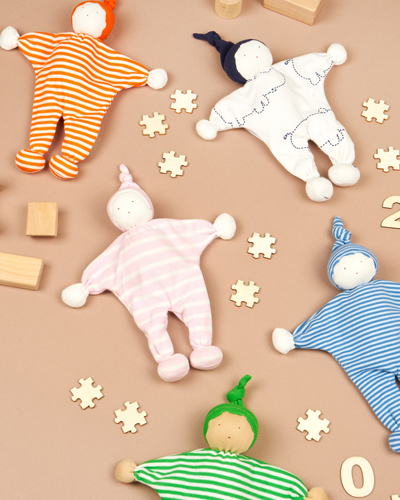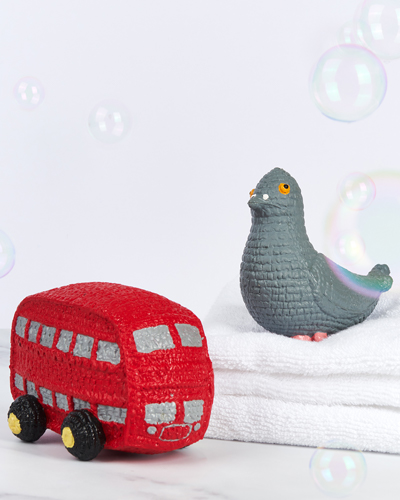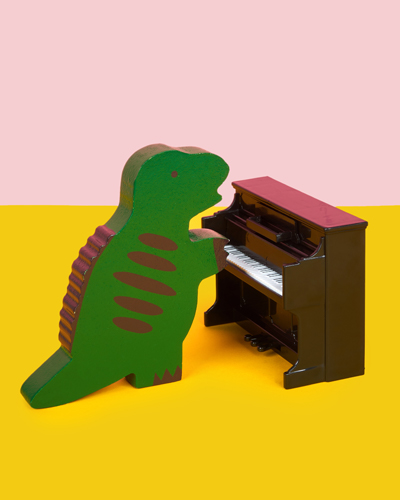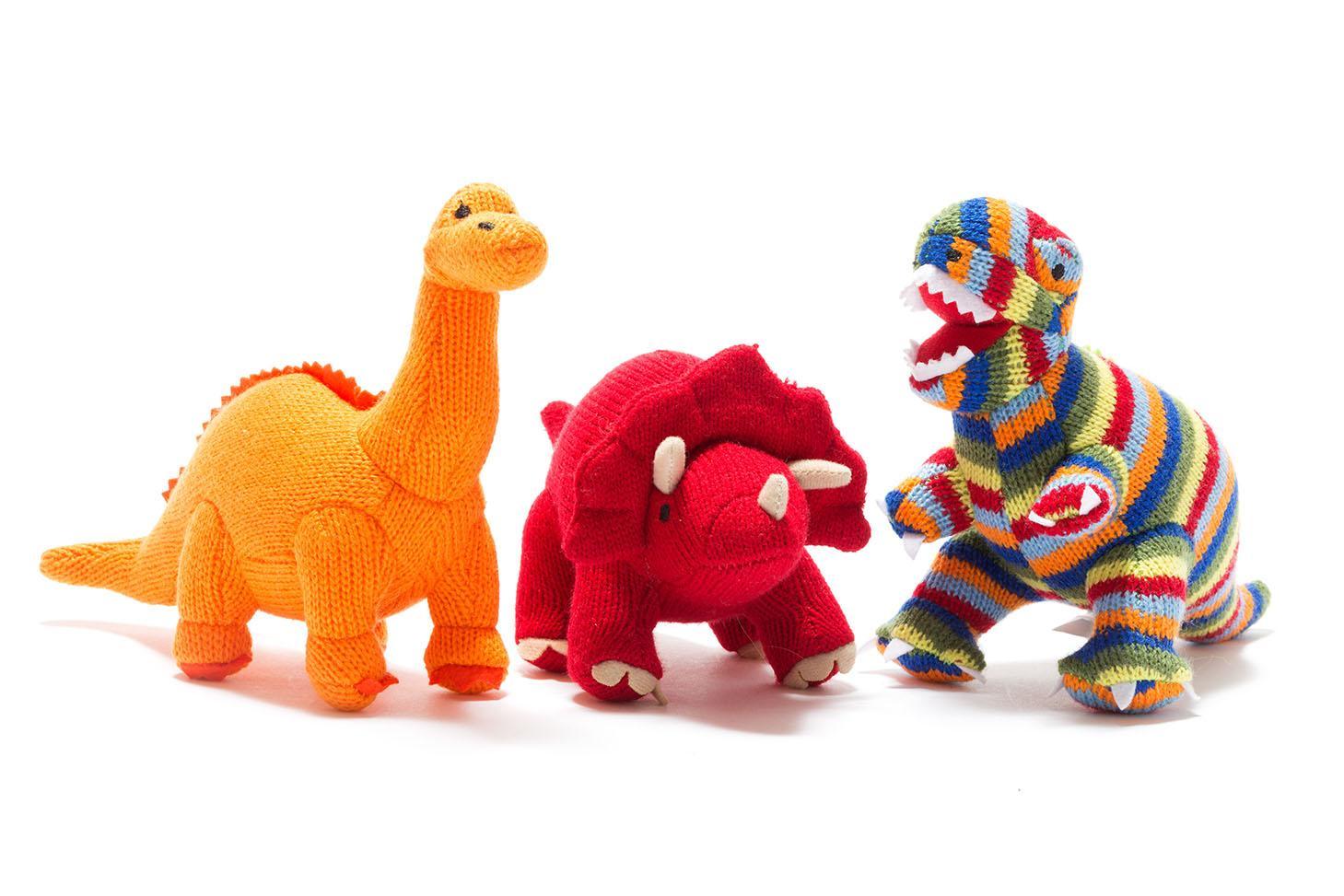You have no items in your shopping cart.
In terms of soft toys safety has always been mostly concerned with small parts and flammability. However as soft toys move in to the digital age is it time to update toy safety legislation?
As a toy manufacturer we are obsessed with ensuring that our toys are suitable as baby toys. We don't use small parts like plastic eyes, we test the fabrics we use for chemicals and flammability and we obviously do not have any sharp edges on our soft toys!
However as toys move in to the digital era there is a new safety concern for parents. So called smart toys use WiFi to enable children to enact with their favourite toys including popular toys such as Barbie and Furby.
There are smart toys for all ages and even ones which are suitable as baby toys but the most popular one appears to be Hello Barbie which can have actual conversations with a child. The doll connects to home Wi-Fi and when the child asks the doll a question their voices are sent out via WiFi and artificial intelligence software then processes the words so that the doll appears to be able to answer the child. I could point out that this same process always used to work quite well by using the child's imagination and pretend conversations but this could be seen as grumpy or reactionary!
The real point is that all this means that unlike the more traditional soft toys smart toys have microphones, they have cameras and they even have recording devices. All these things store data obtained from the child and usually it is then stored in the cloud.
This is great but toy companies are great at designing soft toys and dolls but they are not experienced in protecting data and they simply do not have the experience in security systems to protect data in the way that Technology companies have. When you manufacture soft toys the only data protection issues you normally encounter are to do with your website and they are not integral to your company strategy.
The dangers of this was recently shown up by the hacking of VTech. Supposedly the hack was primarily to embarrass VTech about their poor security rather than to actually use the data but supposedly the breach affected over 6 million children, 3 million in the U.S., and the rest mainly in Europe.
This data could enable criminals to learn all about the children using VTech toys using the data the kids have supplied themselves, and which their parents have added to by registering the toy to the home address etc.
In the case of VTech they moved quickly enough to ensure that this could not happen but it was a very clear warning about the risks associated with smart toys.
Smart and connected toys are here to stay and there is no doubting their popularity with kids. However in the same way that we ensure that our soft toys are safe the same care needs to be taken to ensure that smart toys are safe.
In our opinion the main issue is that smart toys are manufactured by toy companies and not ones immersed in technology who are obsessed with security of their data. This means that parents should not assume that all the risks have been assessed and should take their own precautions.
Our recommendations are as follows
1. Turn off the toy when not in use so it is not connected to WiFi when not being played with.
2. Do not allow the toy to access unsecured WiFi, so do not allow your child to connect the toy to free public WiFi
3. If you register the toy or use your credit card to buy extra features use a PO Box instead of a home address.
But as we are also a toy manufacturer rather than a technology company I would definitely research the issue in more detail before giving your child a smart toy.
It is to be hoped that steps will soon be taken to included data protection issues in to toy safety legislation so that it becomes as integral to toy design as excluding small parts, but in the mean time could we recommend one our knitted dinosaurs? Using only imagination they can entertain children for hours and the only risk is the loud roaring sounds they seem to entice from kids of all ages!
Best Years Ltd www.bestyears.co.uk
